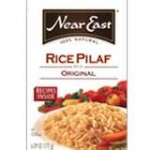 I was making dinner tonight, nothing special, chicken, rice pilaf and salad. I’ve love the Near East brand of Rice Pilaf and have used it for years. So what’s so special to make me write about this. Well, Near East is a well known, multi-million dollar company who has done their share of research on packaging their products. A small cardboard box holds the rice and a FOIL PACKET holds the herbs and spices, the secret ingredients that give the rice that great flavor.
I was making dinner tonight, nothing special, chicken, rice pilaf and salad. I’ve love the Near East brand of Rice Pilaf and have used it for years. So what’s so special to make me write about this. Well, Near East is a well known, multi-million dollar company who has done their share of research on packaging their products. A small cardboard box holds the rice and a FOIL PACKET holds the herbs and spices, the secret ingredients that give the rice that great flavor. I Was Only Making Dinner
 I was making dinner tonight, nothing special, chicken, rice pilaf and salad. I’ve love the Near East brand of Rice Pilaf and have used it for years. So what’s so special to make me write about this. Well, Near East is a well known, multi-million dollar company who has done their share of research on packaging their products. A small cardboard box holds the rice and a FOIL PACKET holds the herbs and spices, the secret ingredients that give the rice that great flavor.
I was making dinner tonight, nothing special, chicken, rice pilaf and salad. I’ve love the Near East brand of Rice Pilaf and have used it for years. So what’s so special to make me write about this. Well, Near East is a well known, multi-million dollar company who has done their share of research on packaging their products. A small cardboard box holds the rice and a FOIL PACKET holds the herbs and spices, the secret ingredients that give the rice that great flavor. 
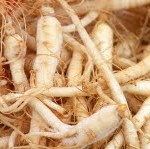 Ever since Dr. Oz’s interview in Esquire magazine (Dec. 09) I’ve been fielding a phethera of questions on ginseng. Thanks Dr. Oz, I’m always happy to talk about the Chinese herbs I love. It’s an added bonus that the best American Ginseng is actually grown in Wisconsin, my old stomping grounds. I also love to buy American whenever possible.
Ever since Dr. Oz’s interview in Esquire magazine (Dec. 09) I’ve been fielding a phethera of questions on ginseng. Thanks Dr. Oz, I’m always happy to talk about the Chinese herbs I love. It’s an added bonus that the best American Ginseng is actually grown in Wisconsin, my old stomping grounds. I also love to buy American whenever possible.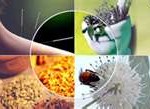
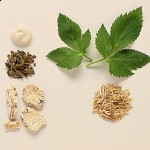
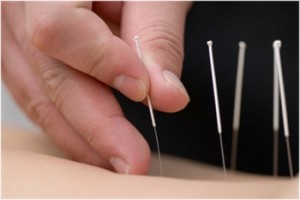




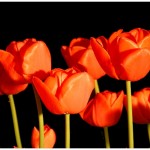 Botany of Desire
Botany of Desire
